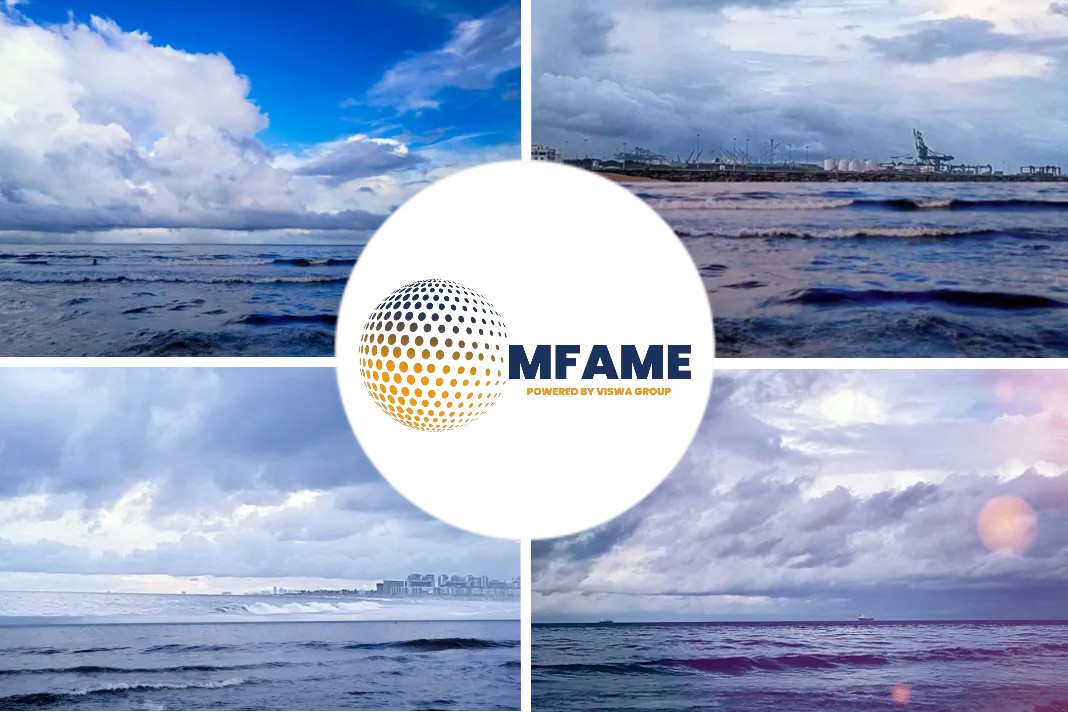
The Russia-Ukraine conflict and subsequent US and European embargoes have lengthened oil supply chains, straining the capacity of the global tanker fleet, reports Argus Media.
Resetting of trade flows
Just under half of Russia’s seaborne crude exports – excluding Kazakh Kebco and CPC Blend — went to short-haul destinations before the conflict in late February, namely the UK Continent, Baltic Sea and Black Sea (see graph). Since then, most Russian oil loaded at Baltic and Black Sea ports has travelled further afield to India, which took almost no Russian crude before, and China.
This resetting of trade flows caused a dramatic increase in vessel tonne-miles — a measure of demand for freight — with longer voyages for both Russia’s exports and Europe’s imports, as the continent increased crude inflows from the US Gulf coast, west Africa and the Mideast Gulf to replace lost Russian supply. The result was high crude tanker freight rates throughout the rest of 2022 and record quarterly profits for shipowners.
This changed again with the introduction of sanctions on 5 December, including a complete halt to Russian seaborne crude imports to the G7, EU and Australia and a ban on the provision of EU and UK shipping services, including insurance, for Russian exports to other nations except under a $60/bl price cap.
These new rules helped drive a flurry of activity in sale and purchase markets as participants looked to secure vessels to carry Russia’s exports after the ban. This led to the development of a two-tier market with newer firms and older vessels taking the place of established participants in transporting Russian oil.
Little track record in shipping oil
Mainstream participants shunned the country’s exports over fears of attracting bad publicity or falling foul of sanctions. Some major charterers, including ExxonMobil and Shell, are now requesting clauses in charterparties that stipulate that the hired tanker has not carried a Russian-origin cargo on any of its last three voyages. In their place are small, opaque and newly established firms, some of which have been linked to the trade in Iranian and Venezuelan crude, while many have little track record in shipping oil at all.
An increase in older, sanctioned and even uninsured vessels on the water run by unscrupulous or inexperienced operators amplifies the safety and environmental risks, including the chance of oil spills and the costs involved, driving other changes in the market. India has banned vessels aged 25 years or older from calling at its ports, and Turkey, another major buyer of Russian oil since the conflict, has mandated that all vessels passing through the Turkish straits must show proof of insurance, citing concerns over safety.
Under the price cap, firms willing to transport Russian oil can still move relatively easily between Russian and non-Russian business. One common trade involves tankers carrying Russian oil from the Baltic to the Red Sea or further east before ballasting back to carry non-Russian oil from the east Mediterranean to European ports in the Baltic. But most of Russia’s exports are already carried outside of official price cap arrangements, and this share is expected to increase with the introduction of Russia’s own ban on shipments to countries honouring the cap, or once the price rises. But other incentives to keep doing Russian business exist too. One shipbroker summed up the view of those engaged in the trade as: “Why do non-Russian if you can get paid double to do Russia?”
EU and UK insurance cover
Outside of the price cap, vessels conducting Russian trade can return to EU and UK insurance cover only after a 90-day period. This may do more to entrench a split in the global fleet between ships employed in Russian and non-Russian trades.
Ultimately, there is likely to remain some crossover between vessels carrying Russian and non-Russian crude, but there may be a tighter supply of vessels in the mainstream, supporting rates in 2023 alongside higher tonne-miles. Those older vessels currently carrying Russian oil are unlikely to ever return to the mainstream fleet, which will result in a boom in scrapping. Greater risks and inefficiencies are also likely, given the different profiles of the vessels on the water and of their owners and operators.
Did you subscribe to our daily Newsletter?
It’s Free! Click here to Subscribe!
Source: Argus Media
























